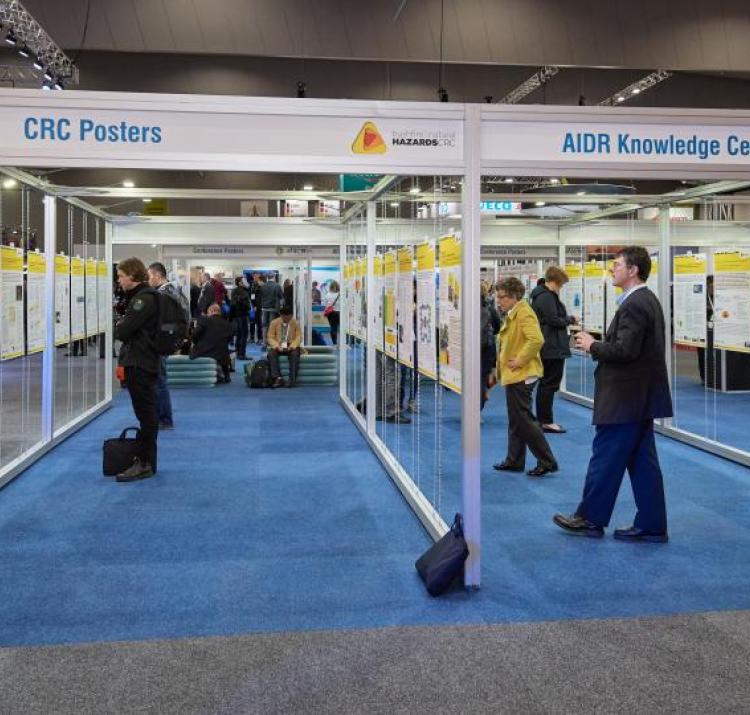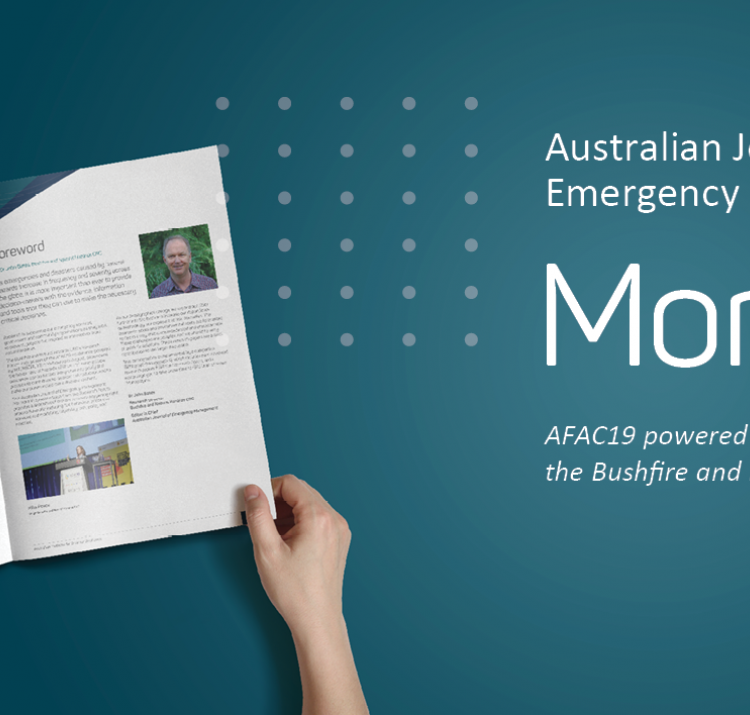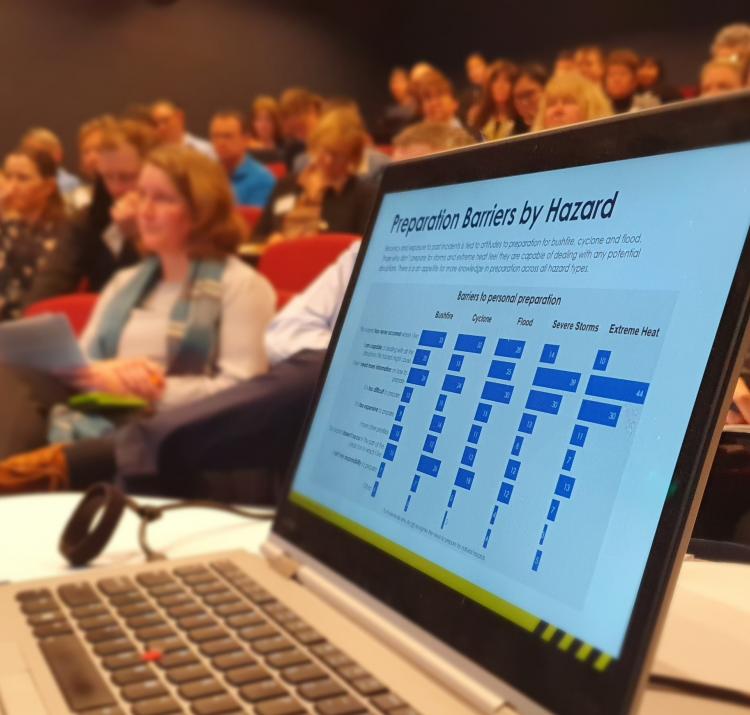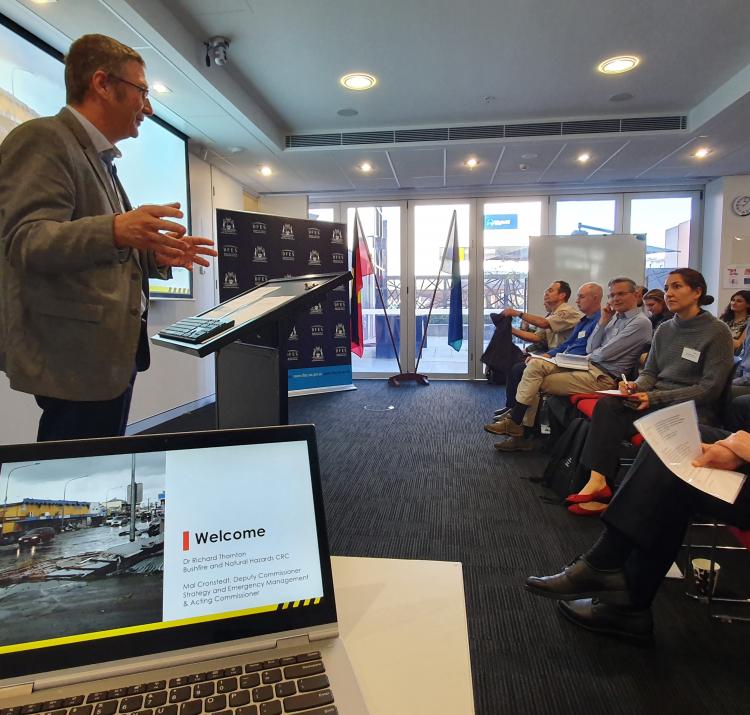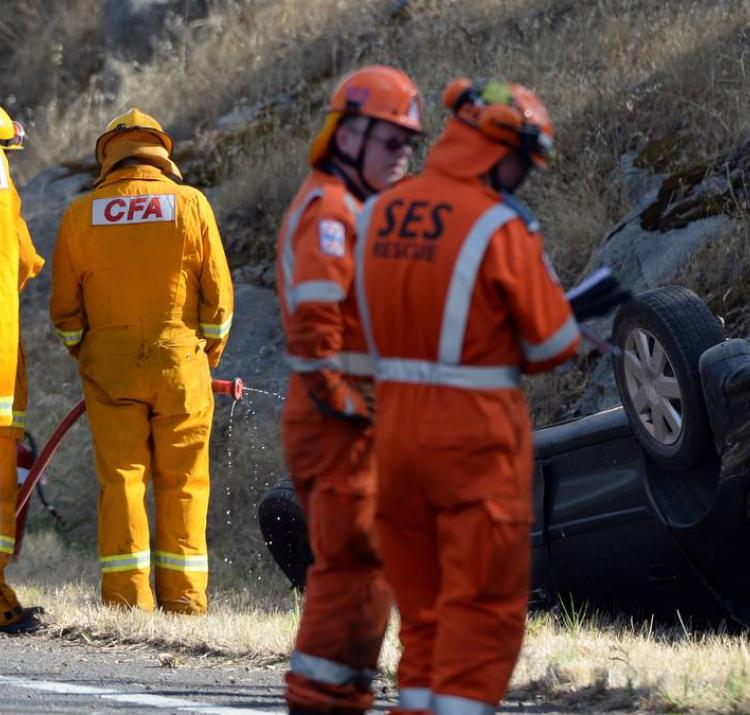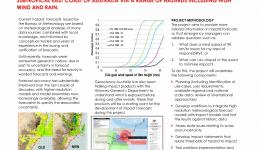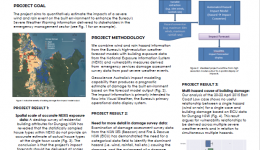Research leader
Research team
End User representatives
This project set out in 2017 to demonstrate a pilot capability to deliver wind and rain impact forecasts for residential housing from an ensemble of weather prediction models runs. The project was a collaborative effort between the Australian Bureau of Meteorology (Bureau) and Geoscience Australia (GA).
The project was initially focused on the wind and rainfall impact from the 20-22 April 2015 east coast low event in New South Wales (Wehner and Maqsood 2015). The wind and rainfall hazard data were provided by a 24-member ensemble of the Australian Community Climate Earth System Simulator (ACCESS; Bureau of Meteorology 2018) model on a 1.3 km grid, with damage data provided by NSW State Emergency Services (SES) and the Emergency Information Coordination Unit (EICU. Exposure data were sourced from the National EXposure Information System (NEXIS; Nadimpalli et al. 2007; Power et al. 2017) at GA. Heuristic wind vulnerability functions, derived in a previous project, were also provided by GA, while no large-scale rain vulnerability relationships existed.
Through the utilisation of GA’s HazImp software, the research team developed and tested a workflow that integrated the numerical weather forecasts, vulnerability relationships and exposure data at the community level, and early in the second year of the project, they started producing the first spatial quantitative wind impact plots.
The project set up the end-to-end workflow from wind hazard to spatial impact. These spatial impact outputs were delivered into the Visual Weather system at the Bureau of Meteorology, foreshadowing the possibility of easily achievable future visualisation to operational meteorologists.
To evaluate the performance of the quantitative wind impact forecast that the research had produced, very careful and detailed processing of the available damage data was needed to remove damage reports due to tree fall, as opposed to structural failure, rain ingress, and flood inundation. The research has shown that the inclusion of exposure and vulnerability information can outperform a wind impact forecast that only uses a plain wind hazard prediction. In other words, the Dungog case study suggests that the extra effort needed for the quantitative inclusion of exposure and vulnerability information is a promising approach in the pursuit of future quantitative impact forecasts in Australia.
























